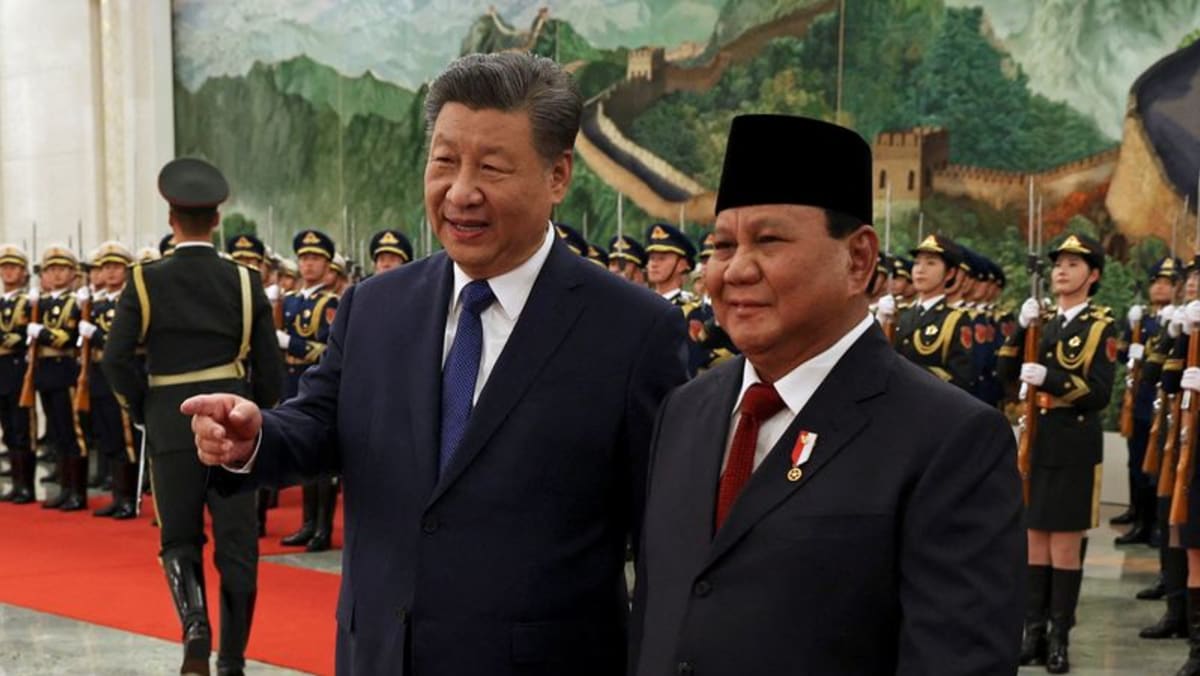Commentary: Why China’s clean energy boom matters for global climate action

HOW DID CHINA BOOST CLEAN ENERGY SO FAST?
China’s huge domestic market and large-scale deployment of wind and solar contribute greatly to plummeting renewable costs. Steadily lowering costs means green energy becomes viable for developing countries.
In 2012, a large team from China Power Investment Corporation arrived in the high desert in Qinghai province and began building 15.7GW worth of solar across 345 sq km.
It was here that China first figured out how to make intermittent power reliable. Excess power was sent to a hydropower station 40km away and used to pump water uphill. At night, the water would flow back down through the turbines. Technologies developed here are now being used in other large-scale hybrid projects, such as hydro-solar, wind-solar and wind-solar-hydro projects.
In 2022, the government announced plans to install 500GW worth of solar, onshore and offshore wind projects in the Gobi Desert across Xinjiang, Inner Mongolia and Gansu provinces.
These are intended to not only supercharge China’s clean energy supply, but to tackle desert expansion. Solar panels stabilise the movement of sand and absorb sunlight, reducing evaporation of scarce water and giving plants a better chance at survival. This knowledge, too, came from the Qinghai solar farms, where plants began growing in the shade.
China’s focus on technology has given it combined solar and salt farms, floating solar power plants and energy storage ranging from batteries to compressed air to kinetic flywheels and hydrogen.
While the US and China cooperate at COP28, competition is not far away. China already dominates many clean energy technologies, but the US is trying to catch up through the massive green spend in last year’s Inflation Reduction Act.
According to the International Energy Agency, half of all emissions cuts needed to achieve net-zero by 2050 will come from technologies currently at demonstration or prototype phase. These include cheap green hydrogen, next generation nuclear, next generation solar and wind, and functioning carbon capture and storage for remaining fossil fuel use.
Source: CNA















